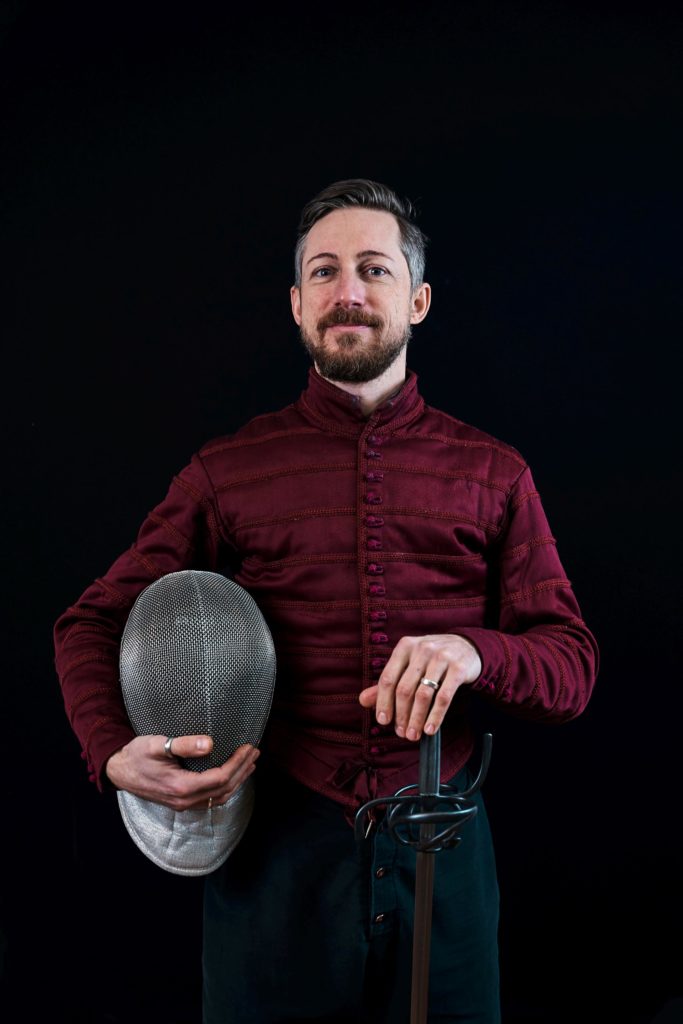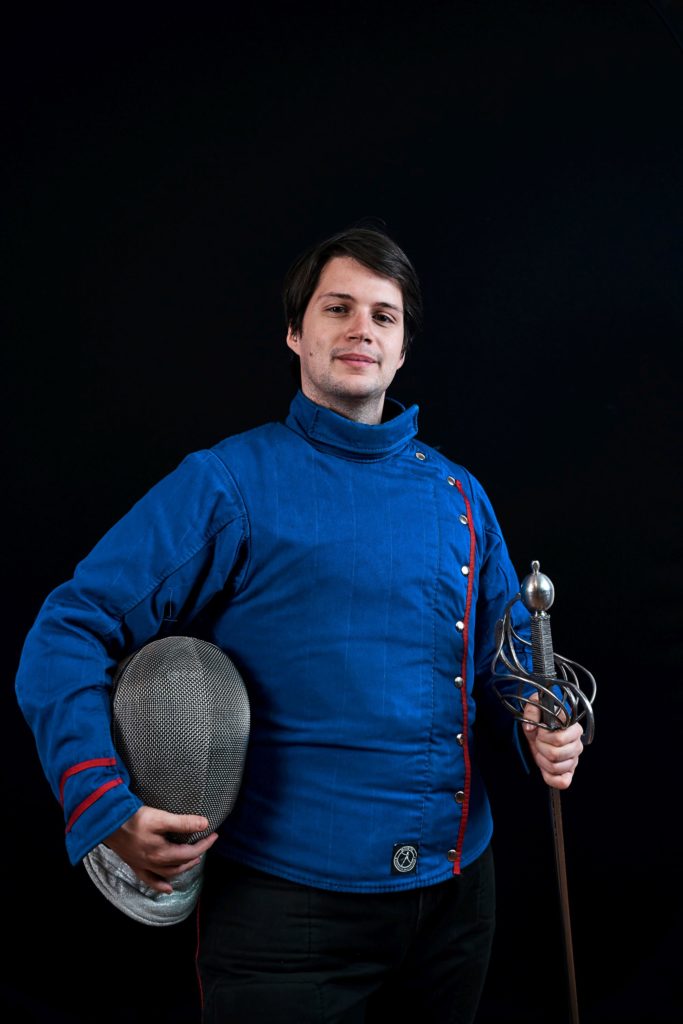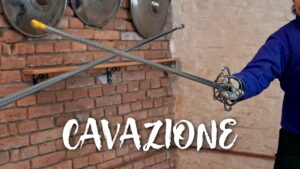Content
In this Introduction to source-based Rapier for all levels you will learn the following:
1.) Terminology
Common and frequently used terms in Rapier to describe the weapon, distance, fencing positions and actions.
2.) Correct Posture and Guards
Who has a look at the copper engravings of Fabris book will think: „This looks exhausting and painful.“. This is absolutely not the case. You will learn to perform correctly all positions so that they come natural and make anatomically perfect sense.
3.) Footwork, Lunge and Ways to Attack
The footwork in Rapier decides between victory and defeat. There are a few principles that should be followed. You will learn these so that your lunge is fast enough to hit, but at the same time relaxed enough to be able to react. „The common way as used in brawling…“
4.) Distance and Blade Control: Trovare, Misura Larga & Misura Stretta, Cavation
Fabris fencing style relies on the principle of blade advantage. You will learn to obtain this advantage and keep it until the thrust.
Beginners should find everything they need to start and experienced fencers get a new perspective on the basics.
Trailer
About the Instructors
Florian Fortner
Discipline: Rapier
Video Series:
– Basics of Salvator Fabris (Level: Beginner to Expert)
Language: German (Austrian Dialect)  + English subtitles
+ English subtitles
Julian Schrattenecker
Discipline: Rapier
Video Series:
– Basics of Salvator Fabris (Level: Beginner to Expert)
Language: German (Austrian Dialect)  + English subtitles
+ English subtitles
Videos
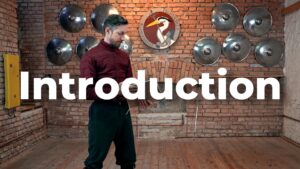
Introduction
In this short video Florian Fortner is introducing you to the Rapier videos. He talks about the historical source of Salvator Fabris and his style of fencing. He also gives some information on the sword itself as well as tips on choosing the right one.
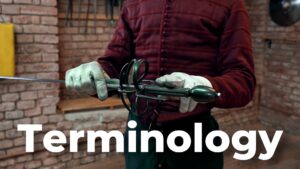
Terminology
Florian Fortner talks about the most common and frequently used terms in Rapier. Words you need to describe the weapon, distance and fencing positions and actions.
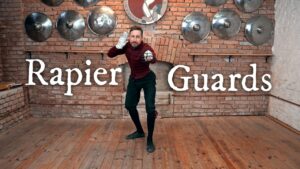
Guards
Florian Fortner explains how to hold the Rapier. He shows how to take fencing postion and find into the guard. At the end he shows some common mistakes and how to correct them.
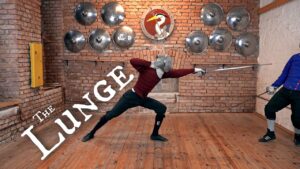
Lunge
The most important attack in rapier is the lunge. In this video Florian Fortner shows us when to perform the lunge and how this complex thrust attack can be devided into small exercises. At the end you get an exercise to test if your lunge works and as usual in our Rapier series: A troubleshooting of the most common mistakes. Enjoy thrusting!

Misura Larga & Trovare
In this video Julian Schrattenecker first shows how to get close to your opponent in a safe way. One key element is to get an advantage over the opponents blade. From there attacks of the oponents can be defended in a beautiful way. At last you will see some common mistakes and advice how to correct them.
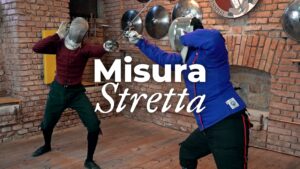
Misura Stretta
In this video Julian Schrattenecker shows how to deal with an opponent who does not give a tempo for your fencing action. You first establish control over the enemies blade, then get closer with care and end the fight with a quick thrust. Julian also shows a solution for opponents who manage to interrupt you while closing the distance. Quick, concise, elegant and efficient.

